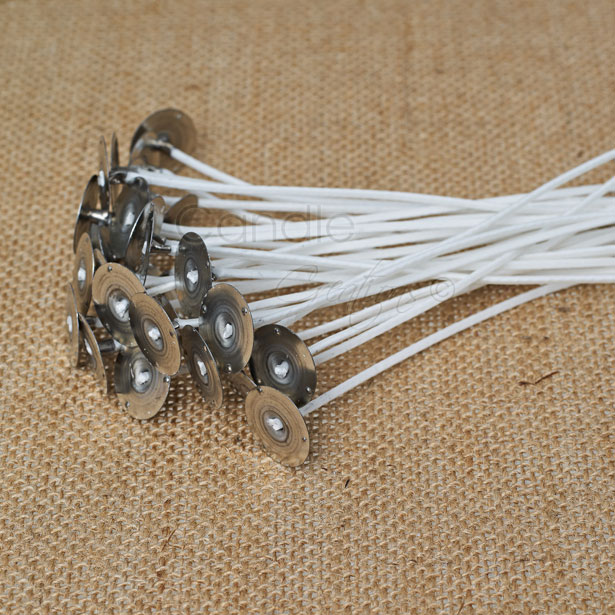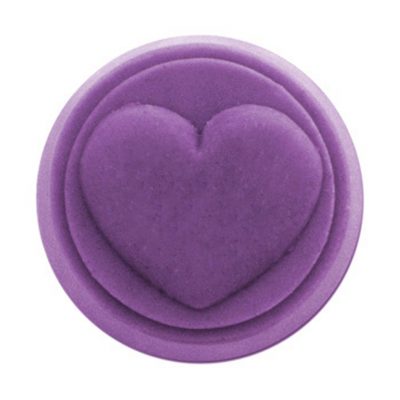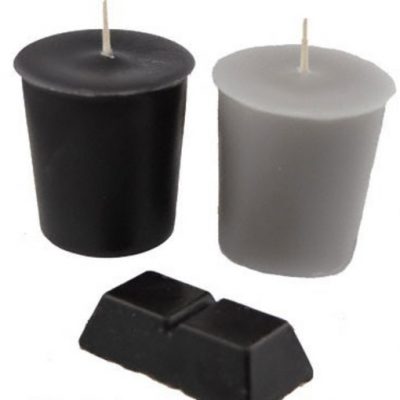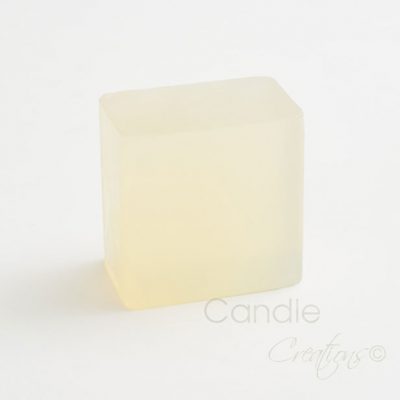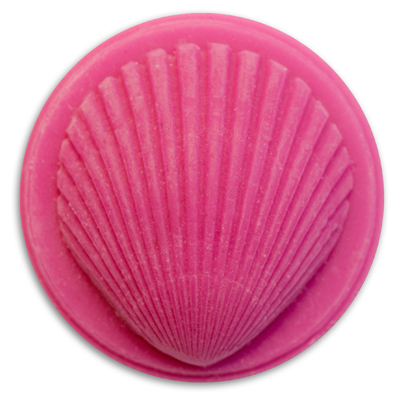When it comes to candle making, every element plays a crucial role in achieving the perfect balance of aesthetics, functionality, and ambiance. Among these components, wicks stand out as unsung heroes, quietly yet significantly shaping the performance and character of a candle. They are the energy force behind a candle so selecting the right wick is imperative to how well it burns.
Let’s delve into the world of wicks, exploring their importance and the different kinds that elevate the craft of candle making.
Understanding the Heart of a Candle: The Wick
At the core of every candle lies the wick – a seemingly humble yet vital component that ignites the magic of illumination. The wick serves as the pathway for the flame, guiding the capillary action of melted wax to fuel the fire and release fragrant molecules into the air. Its size, material, and design profoundly impact the burn rate, scent throw, and overall performance of a candle, making it essential to select the right wick for each creation.
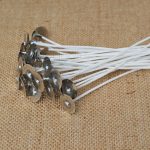 ACS Wicks: Precision Engineering for Optimal Performance
ACS Wicks: Precision Engineering for Optimal Performance
ACS wicks, known for their precision engineering and consistent burn, are favoured by candle makers seeking reliability and efficiency. These wicks are meticulously crafted to ensure a clean, even burn throughout the life of the candle, minimizing soot and mushrooming. They are made from Egyptian cotton and are zinc and lead free. ACS wicks excel in various wax formulations and fragrances, offering versatility and reliability for creators who value quality and performance in their candles.
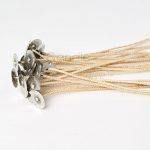 CDN Wicks: Versatility and Stability for Diverse Formulations
CDN Wicks: Versatility and Stability for Diverse Formulations
CDN wicks embody versatility and stability, making them a popular choice for candles crafted from a wide range of wax blends. These wicks are designed to deliver an optimal burn profile, allowing for controlled flame height and minimal carbon buildup. They feature a paper braid style designed to ‘self trim’ by bending at the tip while burning. Perfect for use in natural waxes including soy, beeswax and palm wax. CDN wicks are all natural and are Zinc and Lead free. CDN wicks adapt well to different container sizes and shapes, providing candle makers with flexibility and consistency in achieving a desired burn pattern and scent diffusion.
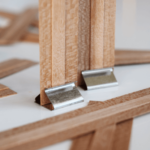 Wooden Wicks: A Rustic Charm and Crackle of Ambiance
Wooden Wicks: A Rustic Charm and Crackle of Ambiance
Wooden wicks add a touch of rustic charm and evoke the cozy crackle of a fireplace, enhancing the sensory experience of candlelight. These wicks, often made from sustainably sourced wood like oak, cherry or cypress, offer a unique aesthetic appeal and distinctive performance. Our wicks are chosen for their sustainability, they are manufactured in the USA with FSC-certified wood. They have planted over 100,000 trees with Trees for the Future to support their eco-friendly positioning. Wooden wicks create a broader melt pool, releasing fragrance more efficiently and creating a captivating visual and auditory ambiance that resonates with candle enthusiasts seeking a multisensory experience.
The Importance of Choosing the Right Wick
Selecting the appropriate wick is crucial in achieving a harmonious balance between the candle’s fragrance, burn time, and visual appeal. When choosing a wick the most important part is getting the correct thickness, height is not as important as you will be trimming your wicks to size later. So the first thing to do is measure the internal diameter of your candle jar as you will need this measurement to help match up a suitable wick using the wick tables. For a straight sided jar simply measure across the top of the jar from one side to the other. For a tapered jar you want to measure the widest point at which there will be wax in the jar.
Once you know the inside diameter of the jar (and note all our listings have this measurement on the product listing) you need to refer to the wick charts and find the the wick that matches the diameter of your jar. There are often two or more wicks that match your size, this is to allow for “fine tuning” due to the many variables in candle recipes. We recommend starting out at the higher end of the scale and testing from there. Choose the height of wick (based on the height of your jar) and follow the links in the chart to go directly to the product page of your chosen wick.If your diameter is wider than what our chart reaches then you will have to multi wick so you will need to divide the diameter by the amount of wicks you would like to use EG: 120mm divided by two = 60mm. Use two (or three) wicks spaced evenly that burn 60mm.
In conclusion, the significance of wicks in candle making cannot be understated. As the silent conductor of the dancing flame, the wick plays a pivotal role in shaping the essence of a candle, from its burn behaviour to its sensory impact. If you still need help with wick sizes then give us a call or head to one of our candle classes.

